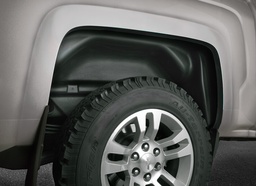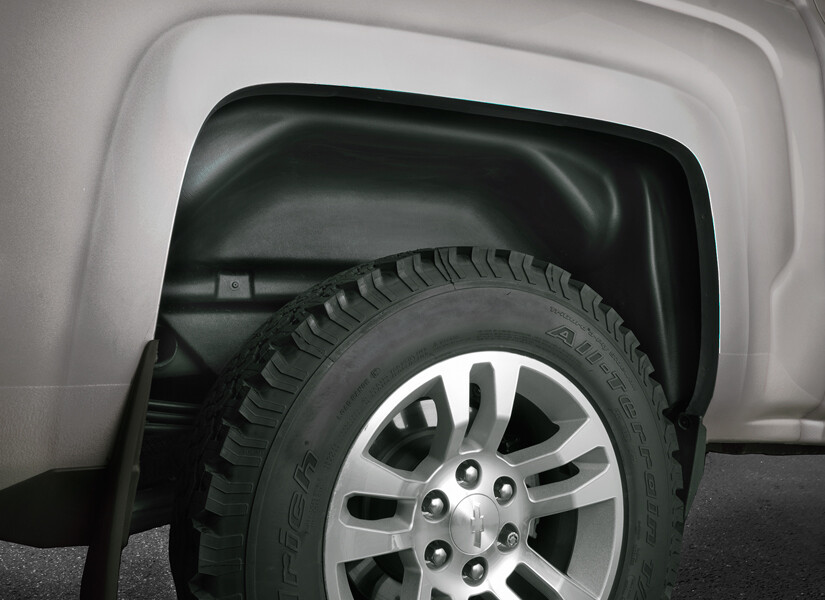
Wheel Guard

Wheel Guard
Wheel Guard
1EU Regulation 1009/2010 establishes the provisions concerning the approval and installation of wheel guards on vehicles. This regulation is crucial for ensuring that wheel guards installed on vehicles meet specific safety and performance standards, thereby enhancing overall road safety and vehicle efficiency.
The regulation specifies the technical standards for the construction, installation, and performance of wheel guards. These standards ensure that wheel guards are capable of effectively protecting the vehicle and other road users by preventing debris, mud, and water from being thrown up by the rotating wheels. The regulation mandates that wheel guards must cover a specified portion of the wheel to provide adequate protection.
Testing procedures are rigorously defined to ensure compliance with the regulation. These tests assess the wheel guard's durability, performance under different conditions, and resistance to wear and tear. Manufacturers must conduct these tests to demonstrate that their wheel guards meet the required standards. The regulation also requires regular inspections and maintenance of wheel guards to ensure their continued performance and safety over the vehicle's lifetime.
The regulation includes provisions for the enforcement of compliance and the penalties for non-compliance. Regulatory authorities have the right to inspect wheel guards and their installation to ensure that they adhere to the specified standards. Non-compliance can result in fines, penalties, and other legal consequences.
The TAT Lab in Iran is authorized to perform testing and certification for compliance with EU Regulation 1009/2010. This includes conducting all necessary tests to ensure that wheel guards meet the specified standards for safety, performance, and durability. By performing these tests, TAT Lab helps enhance road safety in Iran by ensuring that vehicles are equipped with wheel guards that meet international safety and performance standards.

